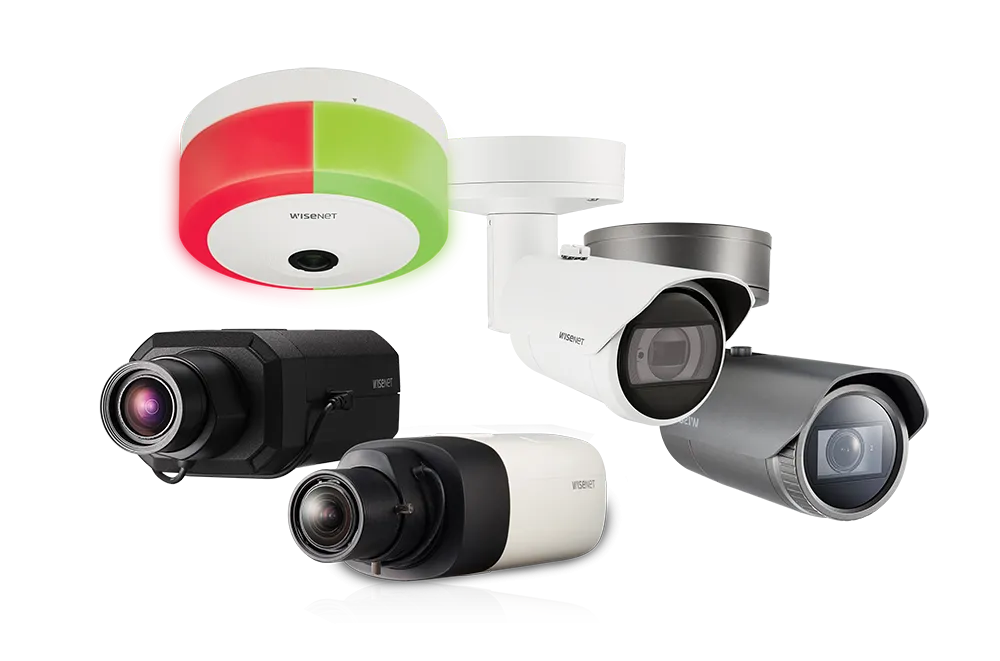
Auckland System Management - ASM - is a joint venture between the New Zealand Transport Agency, infrastructure company Fulton Hogan and HEB Construction, a Vinci Group company. ASM is responsible for the management of motorways in the city of Auckland. This includes reactive and proactive monitoring and remedial actions.
Yotta’s Alloy software collects and collates data from embedded sensors made by New Zealand-based PiP IoT. The sensors provide real-time information about the location, operating status and incident occurence of some of the ASM’s distributed assets.
Although the motorway network has significant camera coverage, the cameras typically monitor on an as-required basis, according to Yotta. That means that not all events were being picked up in real time and smaller events were not being picked up at all.
As part of a trial, PiP IoT has been working with ASM to develop alerting systems using the PiP IoT vibration sensor system, known as GeoSense. The trial focused on one motorway section that was on an S-bend where cars joining the motorway would hit a barrier on the outside of the road. ASM added 11 Pip IoT vibration alert sensors to the barrier.
When an impact occurs, the sensor registers above a set threshold and triggers an alarm within the Alloy software. This creates an inspection notification that is sent instantly to the ASM operational team. In future, the signal could be sent to the Auckland Transport Operations Centre where the operator can bring up the relevant CCTV footage and then decide upon an appropriate response.
The aim is to cut response times to incidents. Typically, a call from a member of the public is passed to the ASM customer team. The job is then further redirected to a field worker who investigates the incident. Response times can also vary significantly based on time of day.
Early indications from the trial suggest that the new approach not only reduces the number of steps required for a response, but also reduces the time taken to respond effectively. With Alloy in place at the operational hub, field staff are alerted within 20-40 seconds of an incident occurring - much faster than with the previous approach. So far, the trial has also obtained data from three vehicle impacts and has rationalised the number of IoT sensors required.
Emergency services are also able to attend incidents faster as a result. As a further benefit, by providing an alert when an incident occurs and damage has been done to the barrier, ASM can reduce maintenance costs through early recognition and repair.
The work is part of a recently announced larger partnership between ASM and Yotta whereby Yotta manages ASM’s wider transport infrastructure, specifically road networks, bridges, structures, street lighting, CCTV, road signals, traffic lights and green space.









